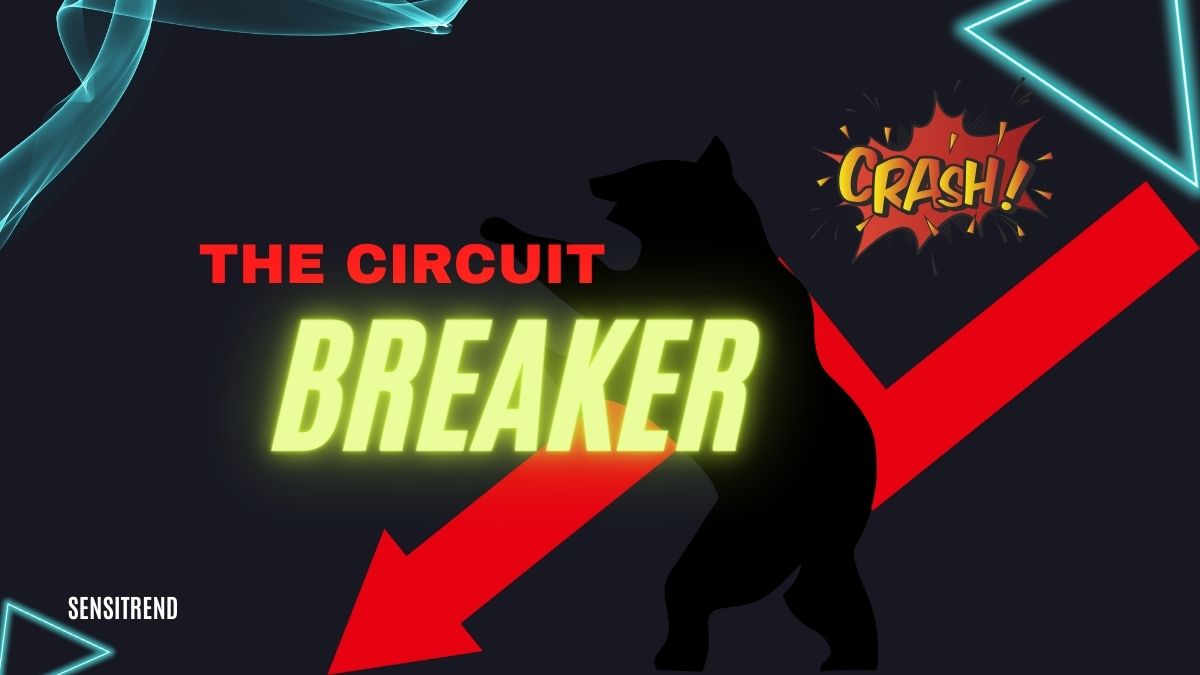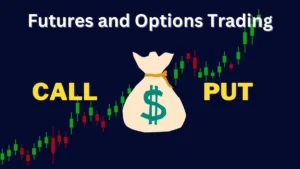A circuit breaker is a crucial mechanism in stock markets. It can ensure stability and protect investors from extreme price movements. Here’s everything you need to know about what happens when an index or stock hits the upper or lower circuit.
What is a Circuit Breaker?
A circuit breaker is a price band with an upper and lower limit for a stock’s trading range for a particular day. It can prevent excessive volatility and high price fluctuations when there are extreme selling or buying volumes.
This mechanism protects investors and traders from substantial losses by halting trading for a few minutes for the rest of the day when the stock or index hits the upper circuit (UC) or lower circuit (LC).
In the upper circuit, only buyers are present. But in the lower circuit, sellers dominate the whole system. During the halt, trading freezes, preventing further price movements until the specified time.
Why is a circuit breaker needed?
News and events drive stock market movements and shape investor sentiment. Natural disasters, pandemics, election results, and recession news can cause extreme market volatility. In such a situation, circuit breakers kick in to prevent panic buying or selling.
For example, major events like election results or natural disasters can quickly change market sentiment. Emergencies like war can lead to dramatic stock market movements. Circuit breakers halt trading to stabilize the market.
This pause lets investors and traders process information and make rational decisions. It takes a few minutes to the rest of the day, preventing market chaos.
Trading activities freeze when a stock or index hits the upper circuit (UC) or lower circuit (LC). In the upper circuit, only buyers remain, while in the lower circuit, only sellers dominate. This mechanism protects investors and traders from big losses and ensures orderly market behavior during extreme volatility.
Who decides circuit limits?
The Securities and Exchange Board of India (SEBI) sets circuit limits in India. These limits are periodically reviewed and adjusted based on market conditions.
When does an index hit the upper or lower circuit?
The circuit breaker system applies at three stages of index movement: 10%, 15%, and 20%. If an index moves by these percentages, a trading halt is triggered to reassess market conditions and prevent further volatility.
What Happens After a Circuit Breaker is Triggered?
Trading halts for a specified period, depending on the extent of the index movement. After the halt, trading resumes with a pre-open call auction session to determine the opening price.
Duration of Halt
- For a 10% movement before 1 pm, trading halts for 45 minutes. Between 1 pm and 2:30 pm, there’s a 15-minute halt, and no halt after 2:30 pm.
- For a 15% movement before 1 pm, trading halts for 1 hour 45 minutes. Between 1 pm and 2:30 pm, there’s a 45-minute halt.
- For a 20% movement at any time, trading halts for the remainder of the day.
Impact on Stocks
When a stock hits the upper circuit limit of the day, trading halts temporarily. In such conditions, there are only buyers. Conversely, when it hits the lower circuit limit of the day, there are only sellers. This process prevents stocks from hitting extreme highs or lows in a single trading session.
Conclusion
Circuit breakers play a crucial role in maintaining market stability during extreme situations. This market mechanism protects investors from excessive volatility. Circuit breakers help ensure a fair and orderly market for all participants by providing a mechanism to pause trading during extreme price movements. Thus the above article will be very helpful for those who want to know about Circuit breakers.




